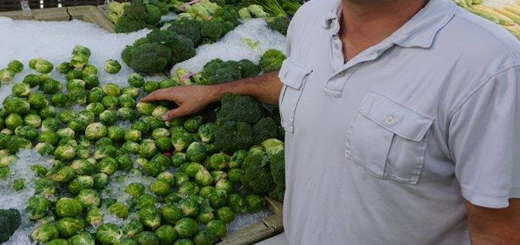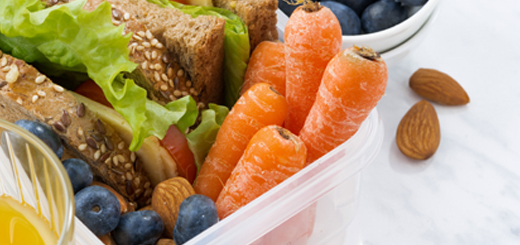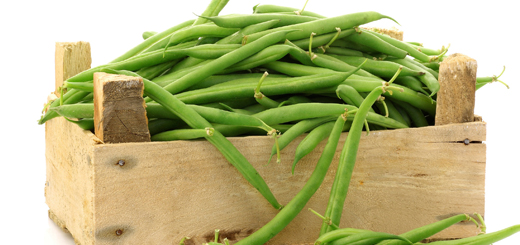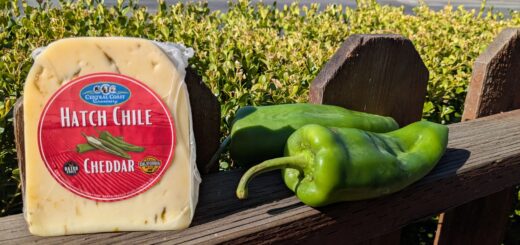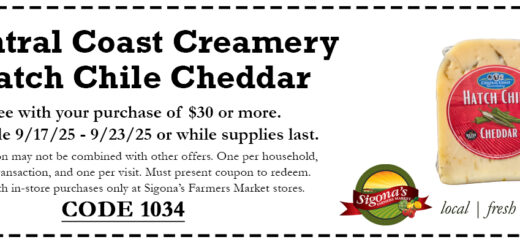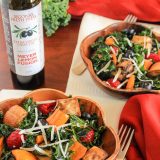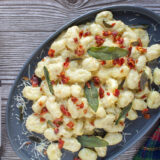In the Store with Sigona’s Featuring: Spaghetti Squash
Gluten free? Paleo? Your pasta problem, solved
Diane Rezendes, food writer
New year, new you?
At least, that’s the resolution so many of us make. As you read this, we’re closing in on the first wave of weakening determination (more than a quarter of us have already given up, reports the Washington Post).
But maybe you are one of the 75% who’s still on track. Maybe you’ve decided that along with working out, you want to go Paleo, Whole 30, or another eating plan that calls for fewer refined carbs and more fruit and vegetables.
If that’s the case, then let us introduce you to spaghetti squash, one of your new best friends.
Let’s be clear: we are not about to argue that this is going to taste like the fresh macaroni your best friend’s Sicilian mom would drape across cheesecloth-covered dining room chairs to dry every Monday afternoon, back in the day. And we’re not even advocating that you give up your beloved pasta, unless it’s out of medical necessity.
But if you’ve gone lower-carb and find yourself casting about for something to serve in its place without giving up the rest of the yummy sauce that goes with it, look no further than spaghetti squash.
About spaghetti squash
It’s a winter squash whose flavor profile is a lot like a summer squash, thanks to a relatively high water content and low sugar content. Nutritionally, it compares favorably against cooked durum wheat spaghetti: a paltry 40 calories a cup and 10 grams of sugar, compared to a hefty 200 calories and whopping 43 grams of sugar.
Cooked, it separates easily with a fork into crisp-tender (read: al dente!) noodle-like strands that stand up to any sauce you like. An added benefit: this squash possesses a mild sweetness that pasta does not, which makes for a subtle but distinct contrast with acidic sauces like marinara and Bolognese.
Choose it.
A typical spaghetti squash is oval-shaped, pale yellow, and weighs in at 2-3 pounds. When shopping, look for a squash with a hard, smooth surface and even, pale yellow color. Avoid any that have a greenish cast: they aren’t ripe yet. Some people believe larger squash have more intense flavor. You be the judge.
Cook it.
You can boil it (30-45 minutes, depending on size), but I prefer to roast it. This method imparts more sweetness, thanks to caramelization of the natural sugar content of the squash.
Here’s how:
- Split it in half and scoop out the seeds (they are yummy roasted in a little oil and dusted with salt).
- Brush the cut surface of with Sigona’s Fresh Press Extra Virgin Olive Oil. Season it with salt and pepper.
- Bake on a cookie sheet about 40 minutes (tip: lining the cookie sheet with baker’s parchment makes cleanup easier).
- Let it cool enough to handle – around 15 minutes.
- Scoop out the strands with a fork or spoon, and use it as you would any thin noodle.
Enjoy it!
Use it in Vietnamese pho, Italian style with marinara sauce and grated Parmesan cheese, or with any dish that calls for thin noodles. Try it with grilled shrimp and pesto with pine nuts.
Or serve it as a side dish, dressed simply with olive oil (or butter – let your palate and the rest of your menu guide you), salt and pepper. Garnish with minced fresh parsley for color and a boost of garden flavor.

